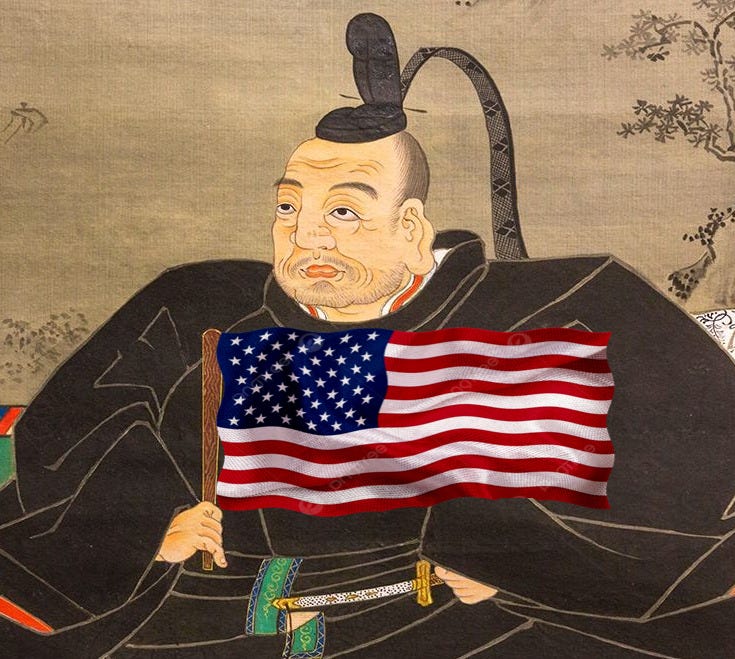American Shogun
Does Hollywood finally "get" Japan? Where will Season 2 of Shogun take us? And should we really be idolizing a warlord?
Shogun’s sweep of the Emmys feels like a Moment. I wrote about why the series resonates so deeply with American audiences for The New York Times (gift link!) TL;DR: because our socio-politically fractured era resembles a culture-war version of Japan’s Era of Warring States. Hiroyuki Sanada, who too…
Keep reading with a 7-day free trial
Subscribe to Matt Alt's Pure Invention to keep reading this post and get 7 days of free access to the full post archives.



